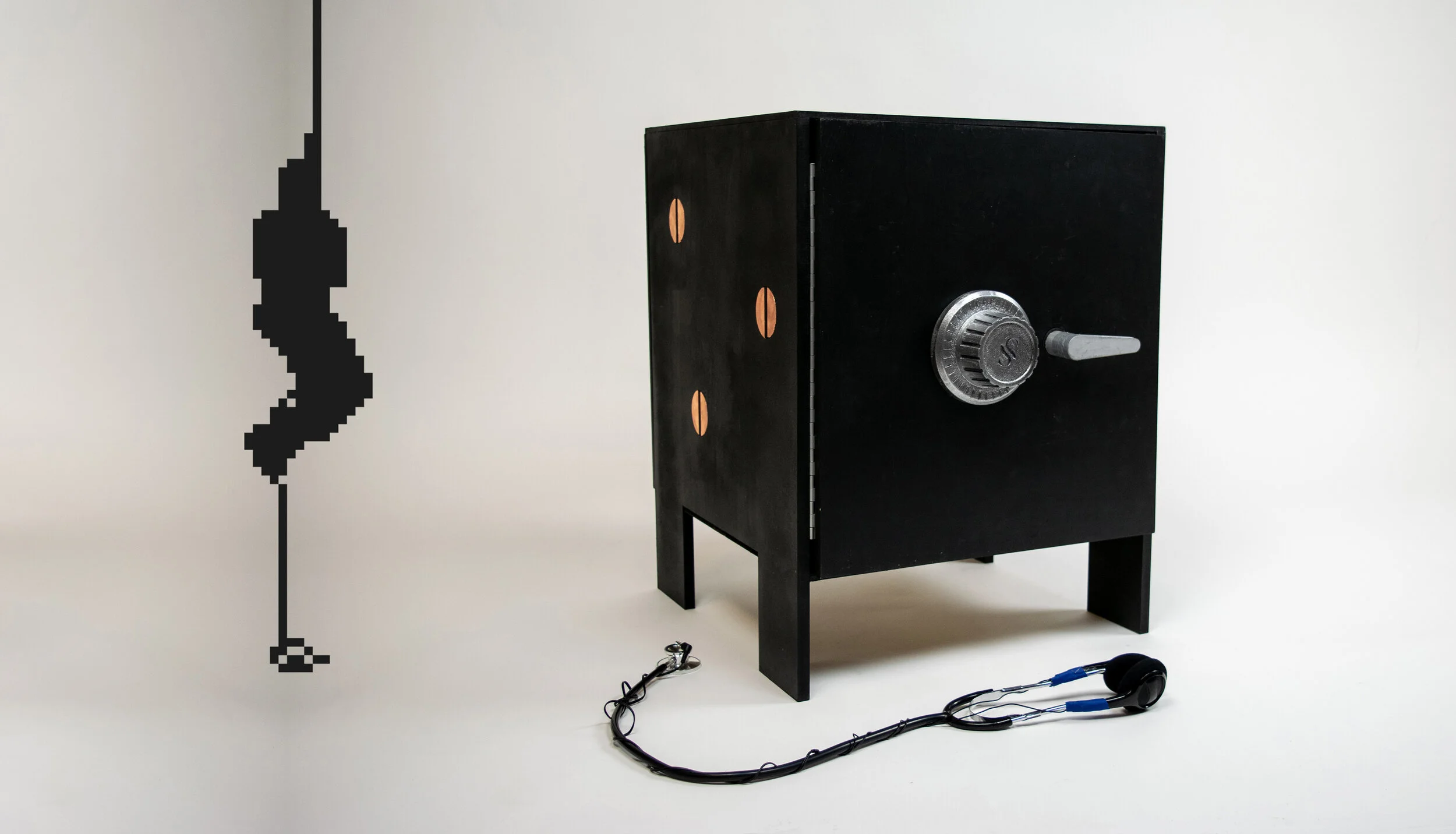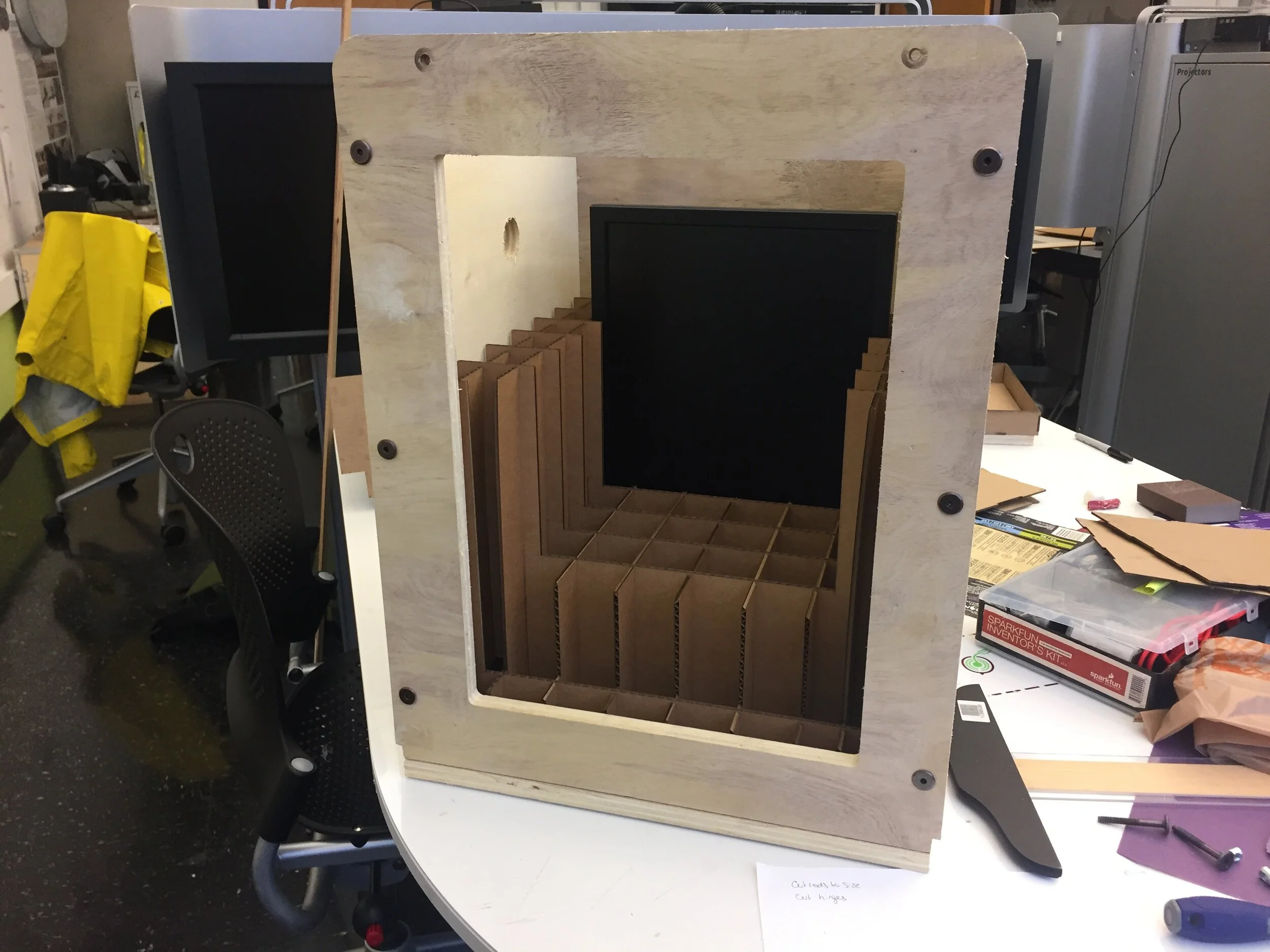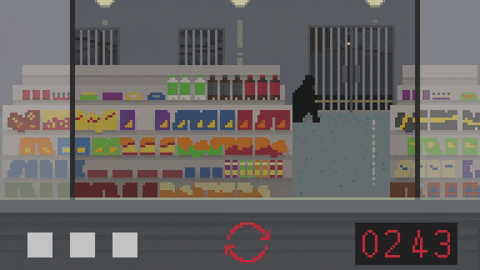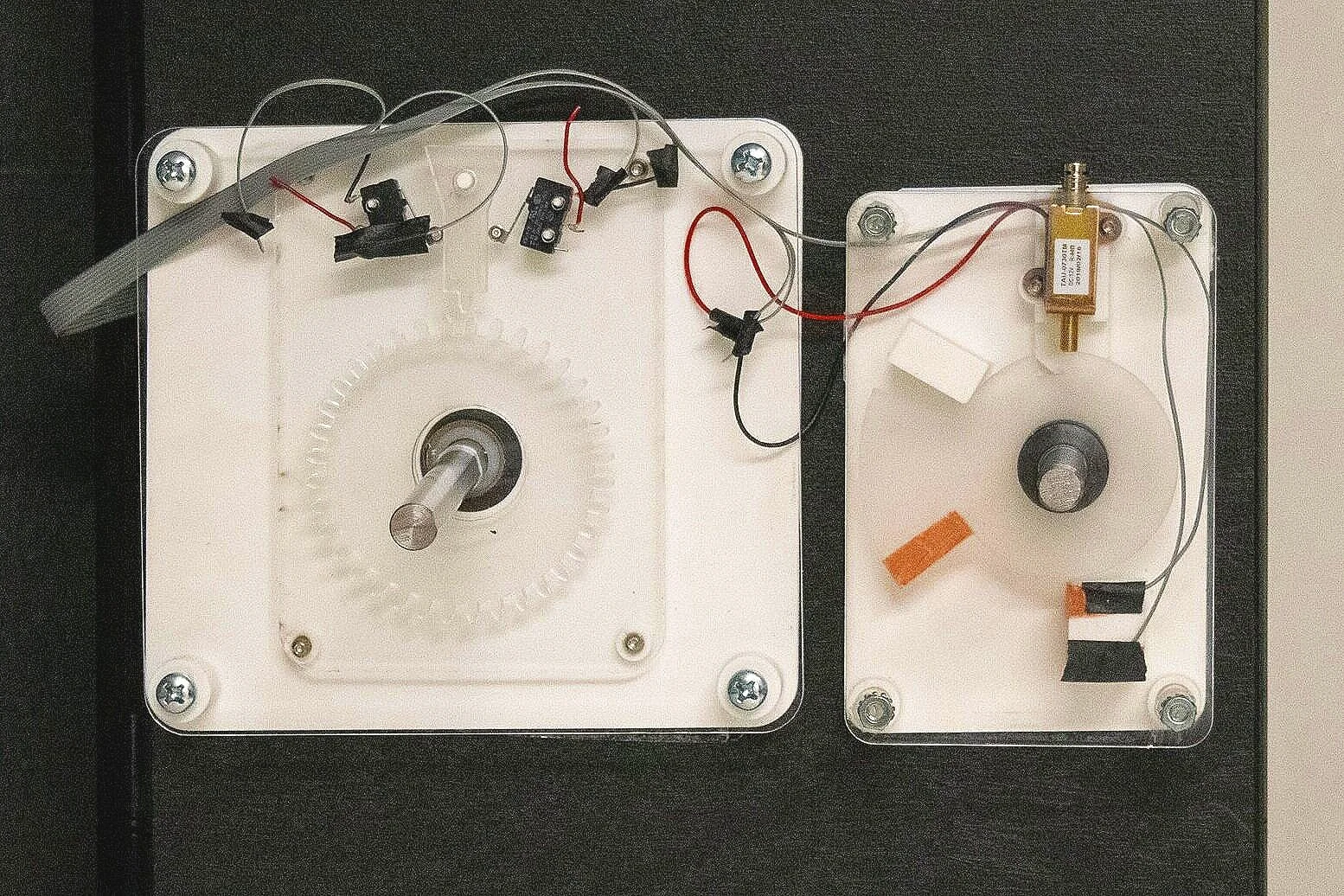Safecracker
A high-stakes race to break into a safe equipped with nothing but a stethoscope
Duration: Mar. 2019 - Jan. 2021
Team: 1 industrial designer, 1 electrical eng., 1 mech. engineer
Tools: SolidWorks, Arduino, Processing
My contributions
Designed and prototyped the physical gameplay interactions
Programmed the main game loop in Processing
Modeled the final iteration’s components in CAD for routing and 3D-printing
1st Place Recipient in the CHI 2020 Student Games Competition
Warning: this trailer is VERY silly 👮♂️
Putting the ‘action’ in interaction 🕹
Let’s face it: pressing a button or tilting a joystick won’t ever feel as satisfying as hurling a fireball or gobbling up power pellets.
We built Safecracker at Georgia Tech’s Interactive Product Design Lab to demonstrate how custom-made sensors could generate stronger senses of immersion and embodiment than sticking to off-the-shelf inputs.
Objectives
01
Produce a playable arcade game with a custom-built controller
02
Design novel gameplay interactions that physically immerse players
03
Minimize the use of premade sensors in favor of DIY alternatives
Process
01
Concepting
Our team strived to recreate an alluring but typically inaccessible experience for our players. We vetted concepts through bodystorming activities and ultimately targeted the familiar Hollywood trope of breaking into a safe with a stethoscope.
02
Technical spikes
We spiked out the safe’s mechanisms and graphics to quickly test interactions and de-risk challenges that we’d face when fabricating a final version.
Stethoscope touch points
Door lock
Door handle & lock
Main menu
03
Prototype build
Our first fully-integrated model housed the game in a simplified, boxy safe. It wasn’t the prettiest, but it was tremendously helpful in demonstrating and testing gameplay interactions.
04
Playtesting
Once the prototype was complete, we brought it to Georgia Tech’s Industrial Design Student Showcase where we captured feedback from 15+ players.
Players found the game mechanics to be highly engaging and challenging, but we learned that the next iteration would need a fabrication overhaul to feel truly immersive.
05
Fabrication improvements
CNC’d exterior
We upgraded our housing in CAD to make a stronger and more robust housing for the game.
Embedded display
A secret screen allowed us to reward players with an animated payload once the safe was cracked.
3D-printed mounts
Precise hardware mounts kept the hardware safely in place during gameplay.
Removable hardware
For ease of transport, we ensured that the safe could be disassembled into a set of flat-laying panels and parts.
Final design
How to play
For a full demo, click here
Find the sweet spots
When the heist begins, players hold their stethoscope to marked points on the safe, listening for the lock’s inner mechanisms through embedded Bluetooth headphones.
Listen closely
As players rotate the safe’s dial, players can hear various clicking sounds through the stethoscope. A “THUNK!” signals that they’ve found the next number in the combination.
Stay focused
On a connected display, players can see a digital heist environment with UI elements that track their safecracking progress. Each difficulty level has unique graphics and audio distractions.
Crack the code
When a player solves the 3-digit combination, the safe unlocks to reveal treasure on a hidden inner display.
How it works
The Processing game runs on a PC that’s connected to a primary display (for the game UI) and a secondary display inside the safe (for the animated payoffs).
This PC communicates with an Arduino Uno via USB to pull readings from the stethoscope sensors and send signals to the door and handle locking mechanisms.
Design features
Embedded electronics and display
All of the hardware is neatly packed into the safe, with transparent mechanisms to show off its inner workings.
Functioning locking mechanisms
No Wizard of Ozzing here! The safe’s door and handle actually lock to prevent players from getting in prematurely.
Immersive navigation
All digital menus are navigable using the physical hardware on the safe: dial for scrolling, handle for selection.
Interactive tutorial
A playable tutorial teaches players to identify audio cues before the heist begins.
Wrap-up
In early 2020, we submitted Safecracker to the CHI 2020 Student Games Competition. Among 50+ submissions in the “Innovative Interfaces” category, this academic-turned-passion project ended up placing first 🏆
“I am impressed by [Safecracker’s] rich juiciness as an audio-based game with environmental and disturbing sound design”
“[Safecracker is] an interesting game design idea that to my knowledge is unique, and is further well designed and well motivated.”
I’d like to express a HUGE thanks to Dr. Hyunjoo Oh, Dr. James Hallam, and Noah Posner of Georgia Tech’s Interactive Product Design Lab, whose ongoing encouragement and support helped us build something that we never thought we’d be able to pull off on our own.
Thanks for reading this! 🙌















